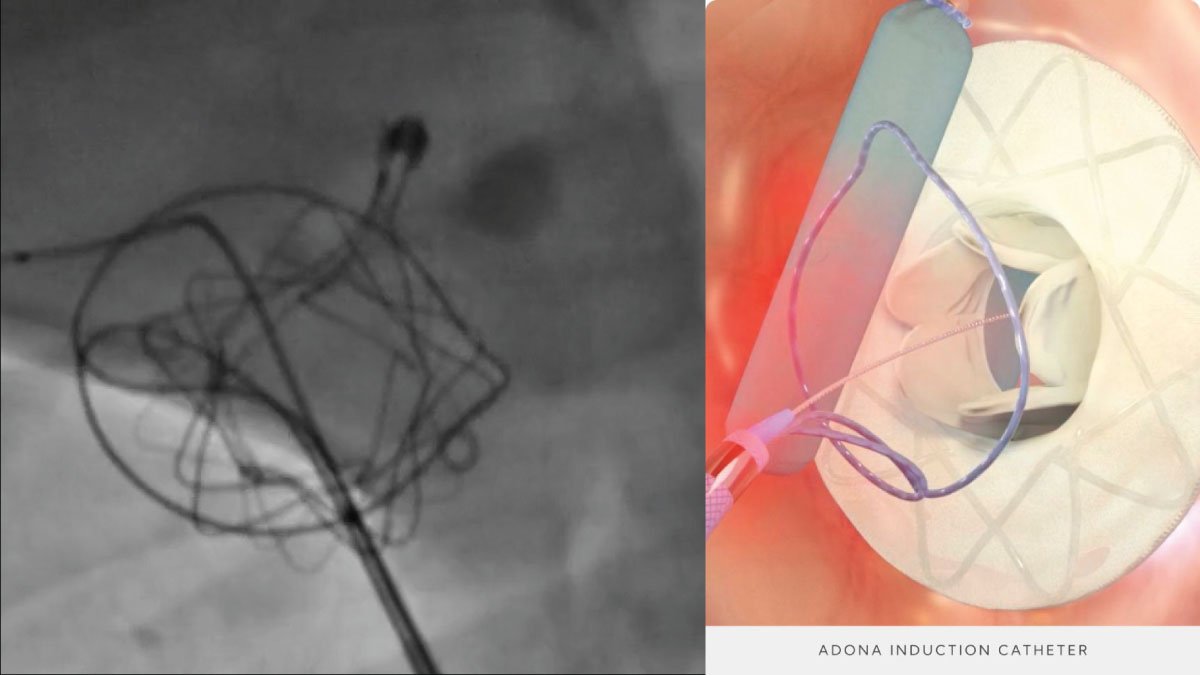Blood Plasma: The Lifeblood of Our Circulatory System

Introduction to Blood Plasma
Blood plasma is a key component of our circulatory system and is often overshadowed by its more famous counterparts, the red and WBC’s. But what exactly is it? It is basically the liquid part of blood, which makes up about 55% of its total volume. It is a yellowish fluid that functions to transport cells, nutrients, hormones, and waste products throughout the body. Let’s dive deeper into the composition, functions and meaning.
Composition of Blood Plasma
Blood plasma consists mainly of water and its volume is about 90%. The remaining 10% consists of important substances such as proteins, glucose, electrolytes, hormones, carbon dioxide and various waste products.
The most important plasma proteins are albumin, globulins and fibrinogen:
- Albumin: The most abundant protein in plasma, albumin plays a crucial role in maintaining osmotic pressure and transporting substances such as hormones and drugs.
- Globulins: These proteins are essential to immune function because they contain antibodies that help fight infections.
- Fibrinogen: Essential for blood clotting, fibrinogen is converted to fibrin during the clotting process, which helps stop bleeding.
Functions
- Transport: Plasma acts as the main transporter of nutrients, hormones and proteins to the parts of the body that need them. It transports waste produced by cellular metabolism to the liver, kidneys and lungs to be eliminated.
- Regulation: Plasma helps maintain blood pressure and volume by balancing electrolytes and pH levels.
- Defense: Thanks to antibodies and other proteins, plasma plays a key role in the body’s defense against infection and disease.
Importance of Blood Plasma
- Plasma donation: Plasma is in high demand for its life-saving properties. Donated plasma is used to treat diseases such as hemophilia, immunodeficiencies and burns. Donation is the process of separating plasma from blood cells, which are then returned to the donor.
- Diagnostic tests: Tests often analyze plasma to check for various health conditions. For example, plasma glucose is measured to monitor diabetes.
- Therapeutic use: Products derived from plasma are used in medicine to treat many diseases. Immunoglobulins extracted from plasma are essential for immunocompromised patients.
Conclusion
In short, blood plasma is an important part of the circulatory system that supports many physiological processes. Plasma’s role is essential in maintaining health, from transporting nutrients and hormones to regulating blood pressure and protecting against infection. The importance of plasma extends to treatment and diagnosis, which underlines its importance in modern medicine.




















